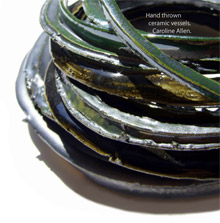Per Nilsson (University of Stockholm)
South Scandinavian rock art is one of prehistory’s most impressive and complex expressions of figurative material culture. The tradition of making rock art in this region has mainly been dated to the Bronze Age. But the figures have had a long afterlife since then and the sites and motifs have been revitalized on many different occasions since the end of the Bronze Age. This is especially true in our modern day society. In the local rock art regions of southern Scandinavia rock art figures are used in a number of different ways, e.g. as official symbols for cities and museums as well as company logotypes and public art. By these acts rock art figures have become a part of the modern cityscape and the symbols give rise to many more connotations than the ones provoked by the archaeological narratives about life during the Bronze Age. The fascinating and expressive motifs have also inspired several artists and craft makers, working with rock art motifs in a number of different materials. But rock art figures are also used for selling and promoting products we would normally define as less serious or humorous, or in other words – as kitsch. In my paper I would like to discuss these and a few other aspects concerning the modern use and the modern users of rock art.


